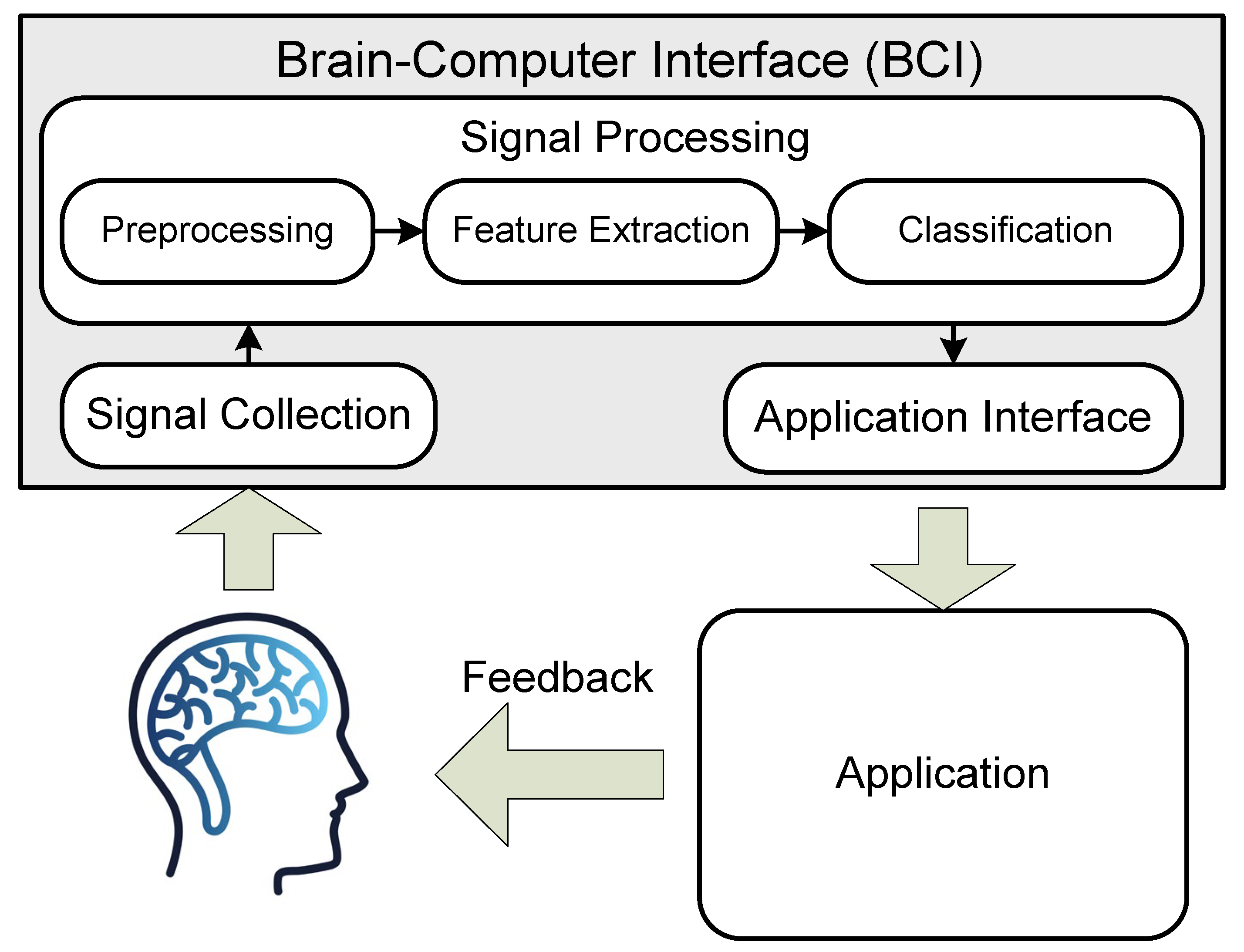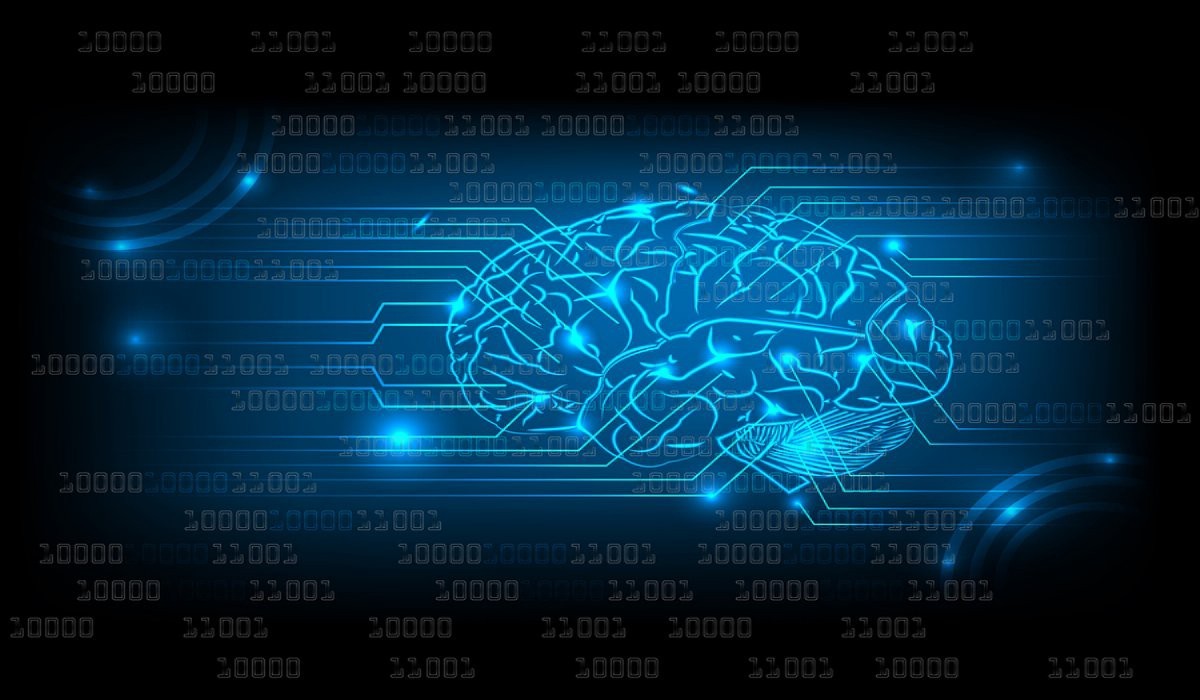BRAIN-COMPUTER INTERFACE (BCI)
US Food and Drug Administration (FDA) approved Elon Musk’s Neuralink chip for human trials.
- It aims to build a next-generation brain implant with at least 100 times more brain connections than devices currently approved by FDA.
About Brain–Computer Interface (BCI)
- It is a system that determines functional intent – the desire to change, move, control, or interact with something in our environment – directly from brain activity.
o In other words, BCIs allow to control an application or a device using only our mind.

- It has three main parts:
o A device to detect and record signals coming from the brain.
o A computer to process and analyze the recorded brain activity.
o An application/device to control.
- Another important part of a Brain–Computer Interface (BCI) is feedback: the system must somehow let the user know what decision or intended action the computer was able to interpret.

- Different techniques to measure brain activity for Brain–Computer Interface (BCIs)
o Electroencephalography (EEG)
✓ EEG is a test that measures electrical activity in the brain using small, metal discs (electrodes) attached to the scalp.
✓ Brain cells communicate via electrical impulses and are active all the time, even during asleep.
o Functional Magnetic Resonance Imaging (fMRI)
✓ It works by detecting the changes in blood oxygenation and flow that occur in response to neural activity.
✓ When a brain area is more active it consumes more oxygen and to meet this increased demand, blood flow increases to the active area.
Applications of Brain–Computer Interface (BCI)
- Helping people with physical disabilities and ageing: Brain–Computer Interface (BCIs) can enable precise control of prosthetic limbs, giving amputees natural motor skills. It can also help older people train their motor and cognitive abilities.
- Treatment for diseases: such as Parkinson’s disease, epilepsy and spinal cord injuries. It also shows some promise for potential treatment of obesity, autism, depression, schizophrenia and tinnitus.
o Tinnitus is ringing or buzzing noise in one or both ears that may be constant or come and go, often associated with hearing loss.
- Facilitate brain research: Scientists could use BCIs to improve understanding of the brain. Some researchers have used a BCI to detect the emotions of patients in a vegetative or minimally conscious state.
- Improving human performance: BCIs can now be used as a neuro feedback training tool to improve cognitive performance, augment human capabilities and human-computer interactions.
o BCI could be used to affect alertness and to improve subjects’ performance in a cognitively-demanding task.
Concerns related to Brain–Computer Interface (BCI)
- Technical and user challenges: Each person generates unique brain signals, which are difficult to measure clearly. Also, Translation of brain signals to speech by a BCI could cause harm if it is not accurate.
- Data Privacy and Security: BCIs are vulnerable to cyberattacks as hackers could use malware to intercept brain-wave data generated by the device.
- Social impact: Reported costs of wearable BCIs range from hundreds to thousands of dollars, which may result in unequal access.
- Ethical issues: BCIs may raise questions about what constitutes consent and about potential unfair advantages conferred by certain human enhancements.
- Medical issues: BCIs may unintentionally influence other brain functions, or cause any unwanted side effects such as seizures, headaches, mood changes, or cognitive impairment.
Conclusion
Over the next few decades, BCI research and development is likely to continue to grow and we may see greater widespread use of BCIs in people’s daily lives. Also, there is a need to improve the accuracy, reliability and efficiency of BCIs so as to realise its full potential.
